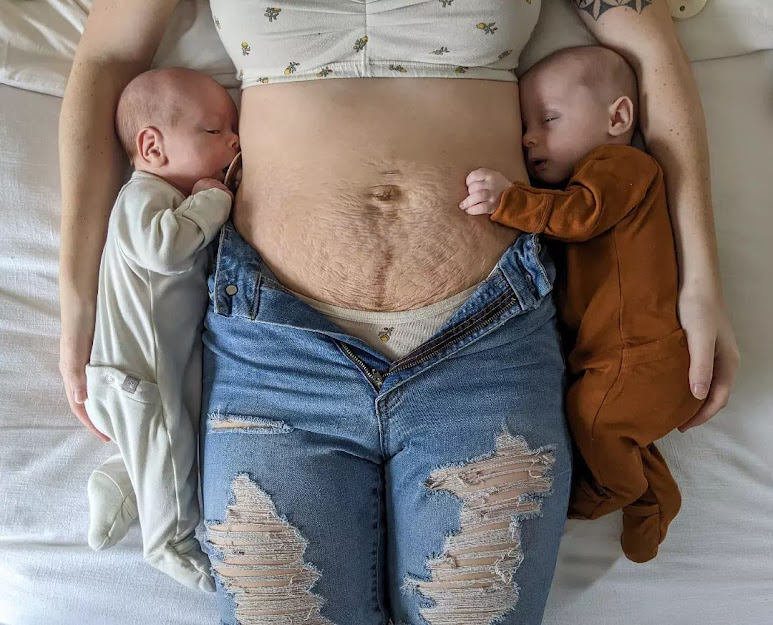A Special Connection Twins Born after 9 months in the womb

The formation of twins determines whether they are identical or non-identical. Non-identical twins, also known as fraternal twins, are the result of separate fertilized eggs.
Unlike identical twins, non-identical twins can be of the same gender or different genders, just like any other siblings. While they share some common DNA, it is similar to the DNA shared between siblings from different births.

Identical twins, on the other hand, originate from a single fertilized egg that later splits into separate embryos, resulting in identical DNA for both individuals.
To determine whether twins from the same birth are genetically identical, zygosity testing, or twin testing, is conducted. This test only requires cheek buccal cells for painless and simple sample collection.
The Growing Trend of Twins
Multiple births, including twins, have become more prevalent due to advancements in fertility treatments and women choosing to have children at a later age. In the United Kingdom, approximately 1.5% of pregnancies (1 in every 65) result in twins. This marks a significant increase from 1984 when only 1% of births were multiple births.
Among different races, African-American women have the highest likelihood of having twins, while Asian and Native Americans have the lowest rates.
In the UK alone, around 12,000 sets of twins are born each year. Non-identical twins are more common, accounting for two-thirds of all twin births, while one-third are identical twins.
Unraveling the Mystery of Identical Twins
Contrary to popular belief, there is no evidence to suggest that having a family history of identical twins increases the odds of having twins.
However, heredity on the mother’s side does increase the chances of non-identical twins. Research has shown that having non-identical twins in the immediate family can double the likelihood of conceiving non-identical twins. This is due to a specific gene that predisposes some women to hyperovulation, where multiple eggs are released during each menstrual cycle.
Interestingly, the notion of twins skipping a generation has some truth to it. If a man inherits the hyperovulation gene from his mother, he can pass it on to his daughter. As a result, the daughter is more likely to release multiple eggs during ovulation, increasing the chances of conceiving non-identical twins. In this scenario, the occurrence of twins has seemingly skipped a generation.
The Intriguing Differences in Identical Twins
Given that identical twins share the same DNA, one might assume that their fingerprints would be identical as well. Surprisingly, this is not the case. Although identical twins initially have the same fingerprints at conception, small variations in the womb environment, such as hormonal fluctuations, affect their development. As the twins begin to move and touch the amniotic sac, unique ridges and lines form, resulting in distinct fingerprints. This phenomenon typically occurs between weeks 6 and 13 of pregnancy.
Similarly, identical twins do not possess identical freckles. Random mutations determine the pattern of freckles and moles on the skin, leading to variations between identical twins.
The Unusual Concept of Superfoetation
Superfoetation, a medical phenomenon, occurs when a pregnant woman continues to ovulate and releases an egg a few weeks into her pregnancy. If this second egg is fertilized, the woman becomes pregnant with two babies simultaneously.
Normally, when a woman becomes pregnant, various biological processes prevent her from getting pregnant again. Hormones are released to halt ovulation, a mucus plug forms in the cervix to prevent sperm from reaching the uterus, and the uterine lining changes to make










